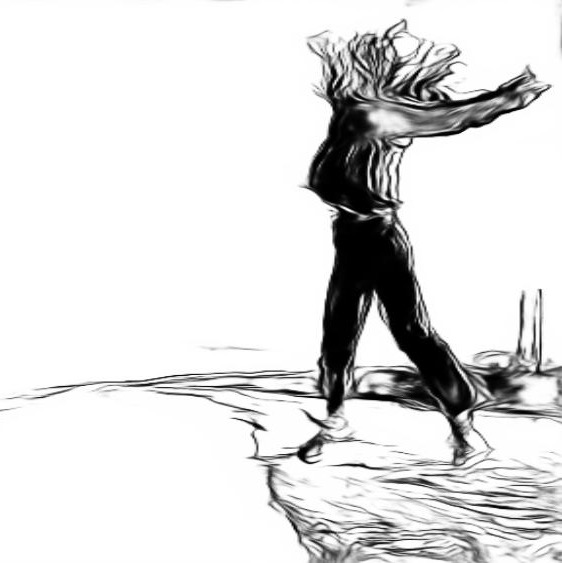The question of how to best pursue conservation is a challenging one. One suggested approach is the Half Earth proposal, which divides the Earth for human and non-human spaces. A concern with this is that many human needs and communities will be compromised. But does this valuing nature equally to humans contribute to environmental injustice? The question still remains whether there is even “nature” or “wilderness” left to preserve, and are we fighting for something that is not real?
As I struggle to navigate an infinite spectrum of different opinions, I find myself seeing truth in many of them. All three thoughts above on conservation are valid and must be addressed, and I want to simplify. What is it that we are trying to do here?
We all want nature and wilderness to exist on our planet and we don’t want to compromise our own human needs and comforts. Ideally, all humans would live freely and have their needs met, and we could coexist with our plant and animal friends.

I’ve been focusing on my spiritual path more recently and am learning something golden about the many spiritual traditions I’ve been exposed to. An analogy that Peter Mt. Shasta shared recently described the different spiritual paths. The journey it is like moving up a mountain. Toward the bottom, we are all in different places, doing vastly different things, but with the same destination. As we move up the mountain, we start to realize that the differences don’t matter so much. (I love the mountain analogy as one of my guides is the beautiful Mt. Hood, which reminds us of the spiritual quality of nature.) I’m now learning to look beyond the semantics and hear the meaning of the teachings I’m encountering.
Maybe this applies to conservation as well. The notion of Half Earth need not be taken so literally. Maybe it isn’t about creating boundaries that separate humans from nature and achieving a perfect, 50/50 balance, but rather that it reminds us of our need and value for nature. With a simple goal like “half” we might be more likely to succeed. The Half Earth plan advocates for not necessarily a splitting of land for human and non-human, but a world of sharing, and this can be achieved through an integration of humans with nature, rather than a direct splitting.
It further applies to our definition of nature. What does “pristine” or “untouched” have to do with nature? Nature is not just an image, it is a living, changing force that persists even as we interfere in its course and change the way we see it. Half Earth exists to cultivate a natural balance and coexistence between the human and the non-human, because we cannot thrive without the non-human aspects of nature. It also connects us to our source and enables us to find growth and meaning in a world further and further disconnected from life, love, and happiness.
At the risk of using too big a paint brush, I’ll dive in to a situation I’ve been struggling with: The ethical dilemma of the Northern Spotted Owl and a competitor, the Barred Owl.

The Northern Spotted Owl has suffered greatly due to (possibly) human causes, but they are most under threat of the Barred Owl’s competition. In Darwin’s theory of evolution, the stronger species survives. Maybe the Barred Owl is “supposed” to live because it is winning in the contest with the Spotted Owl. If this is nature’s course, what right do we have to control it? But this seems horrible when applied to ethics. Is it right to say that humans should be able to wipe out other life on the planet, intentionally or accidentally, just because we have advanced beyond them and have that power? I’m not sure anyone would agree. Is it any more right for us to choose the Spotted Owl over the Barred Owl?
I just finished Michael Sandel’s book Justice: What is the Right Thing to Do?, which explores the many complex thoughts on justice, but the most widely agreed-upon fact of justice is that we must do no harm to others. This reminds us of the point, and resonates with the spiritual messages above.
Letting nature take its sometimes disappointing course gets more complicated when we interfere. In the case of American development and its history of slavery, for example, it is argued that reparations must be made in order to undo some of the harm we have caused to others. This endeavor requires acceptance of our mistakes, and a positive and honest future approach to righting what is wrong. If we caused the decline of the Spotted Owl, we are responsible for fixing it, but that seems to require making an impossible choice between the Spotted Owl and the Barred Owl. Do no harm is a bit more complicated when we’ve already done a lot of harm, but can’t fix it without causing more harm.

